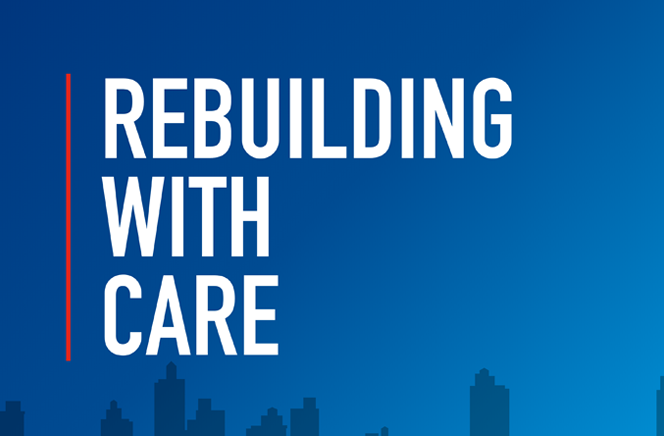
Funding & Collaboration
In May of 2021, the Department of Education announced the Higher Education Emergency Relief Fund (HEERF II), making $36 billion in emergency aid available to public and private non-profit institutions and $396 million to proprietary colleges. These funds require universities to use monies to supply financial grants to students, inform students of available aid, or implement evidence-based best practices to monitor and suppress coronavirus in accordance with public health guidelines.

There are also collaborative efforts being implemented by the Department of Education, the CDC, and the American College Health Association (ACHA) to help campuses. The Safer Schools and Campuses Best Practices Clearinghouse is one such collaboration from the Department of Education, allowing campuses to self-report best practices and other anecdotal evidence. The Higher Education COVID-19 Community of Practice (HECCOP) is a collaborative peer group led by ACHA to allow for knowledge-sharing amongst people at every level from campuses nationwide to promote safer, healthier campus cultures and reduce the spread of COVID-19.
Practical Ways Of Keeping Campuses Safe
Implementing evidence-based practices is a new criteria added to the approved uses for HEERF II funds through the American Rescue Plan. Given the infectious airborne nature of COVID-19, improving ventilation on campuses is one of the best uses of this funding. It’s ideal for a Heating, Ventilation and Air Conditioning (HVAC) restoration and cleaning company to assess the campus to create an optimal plan, which should primarily be focused on improving air quality and filtration, increasing air circulation, and the introduction of outside air.
The use of temporary barriers on campuses helps improve safety for students, faculty, and staff, turning larger areas with better ventilation into temporary classrooms. Campuses can implement a wide variety of barriers of various sizes and types in nearly every campus space that could benefit from them, like in libraries or computer labs. For more robust options in medical settings, which can be applied to educational settings, see our paper on ICRA barriers.
In addition to airborne concerns of COVID-19, HEERF II funding can be utilized to improve infrastructure around facilities like bathrooms, kitchens, and other high-touch areas on college campuses to reduce infection by touch transmission. Investing HEERF II funds in automated, touchless alternatives for common fixtures like light switches, door handles, water fountains, bathroom fixtures, and more is an excellent way to help reduce the spread of germs across the board, in or out of a pandemic.

For surfaces that can’t benefit from automated solutions, deep cleaning and surface cleaning is necessary. On large campuses, this includes general sanitizer solutions, industrial disinfectants, electrostatic sprayers, fogging, and more. Commercial cleaning services use CDC guidelines and understand the most problematic surfaces in schools to decide the type of disinfectant they’ll use and how often.
The strongest recommendation is for every campus to layer multiple forms of protection and containment against COVID-19. Utilizing all of these suggested methods, as well as increasing vaccination rates and implementing masking protocols where appropriate, would be both well within reason and in the best interest of the health and safety of everyone on campus.
Conclusion
Many of these new standards are recommended by the CDC but are set into place at local levels, and by each campus’ facilities team. Schools are required to have a clear COVID prevention plan to keep students and faculty safe if utilizing the American Rescue Plan’s HEERF II funding. Partnering with a trusted disaster recovery firm to help campuses manage changing guidelines and keep higher education flowing smoothly, with safety at the forefront, is still as vital this school year as it was at the onset of the COVID-19 pandemic.


